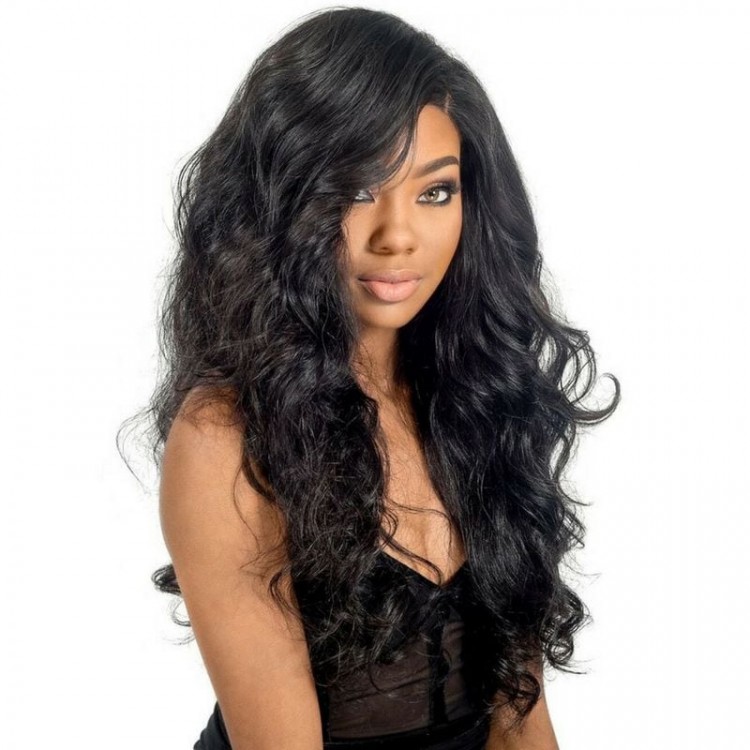The term "100% Human Hair Bundles" is ubiquitous in the beauty industry, especially for weaves and extensions. But what does this label truly mean, and why is it so critical for consumers to understand? This phrase is far more than just a marketing buzzword; it is a specific designation of quality, origin, and performance that sets it apart from synthetic alternatives.

At its core, "100% Human Hair" means the hair was sourced from a human donor like virgin Brazilian hair. This is the most fundamental differentiator from synthetic hair, which is made from manufactured fibers like kanekalon or toyokalon. However, this simple definition belies a complex spectrum of quality within the category of human hair itself. Not all human hair is created equal, which is why the "100%" modifier is so important.
The term "100% Human Hair" is used to distinguish it from products that may be blended with synthetic fibers or low-quality animal hair. Some unscrupulous vendors might sell a blend—for example, 70% human hair and 30% synthetic—but market it deceptively. By explicitly stating "100%," reputable suppliers are making a verifiable claim about purity. This purity is what allows the hair to behave like natural hair: it can be washed, conditioned, heat-styled with flat irons and curling wands, and even professionally colored because it is, in fact, real hair.
Furthermore, the word "Bundles" refers to the packaging format. Instead of being pre-constructed into a wig or weave, the hair is sold in individual bundles or wefts (typically 3-5 bundles are needed for a full head of hair). This allows stylists and consumers maximum flexibility in creating custom volumes, lengths, and styles. It is the preferred choice for sew-in weaves and creating a seamless, natural look.
However, a crucial distinction must be made: "100% Human Hair" is not the same as "Virgin Hair." This is where consumer education is vital. All virgin hair is 100% human hair, but not all 100% human hair is virgin.
100% Human Hair: This hair is real but may have been chemically processed, dyed, or permed. It might be collected from multiple donors (often from hair swept from salon floors in certain parts of the world) and processed to uniformize its texture and color. This processing can strip the hair’s cuticle, leading to potential issues with tangling, shedding, and a shorter lifespan compared to virgin hair.
100% Virgin Human Hair: This is the highest grade. "Virgin" means the hair is completely unprocessed. It has never been colored, bleached, permed, or treated with any chemicals. It comes from a single donor, ensuring the cuticle layer is intact and aligned. This cuticle alignment is the secret to its superior performance: it tangles less, shines naturally, lasts longer, and can withstand more styling.
So, why is it called "100% Human Hair Bundles"? The term serves as a baseline promise of authenticity. It assures the buyer they are purchasing a product made from real human hair, not plastic fibers. It signifies that the hair will respond to heat and products like their own biological hair. For consumers, especially Black women for whom weave quality is paramount for achieving natural-looking protective styles, this label is the first and most important filter. It separates the real from the fake, setting the stage for further quality distinctions like "virgin," "Remy," and "single-donor."
In conclusion, the label is a commitment. It’s a vendor’s pledge that the product offers the versatility and realism of natural hair. For the discerning buyer, understanding this term is the first step toward investing in a beautiful, confident, and authentic look.